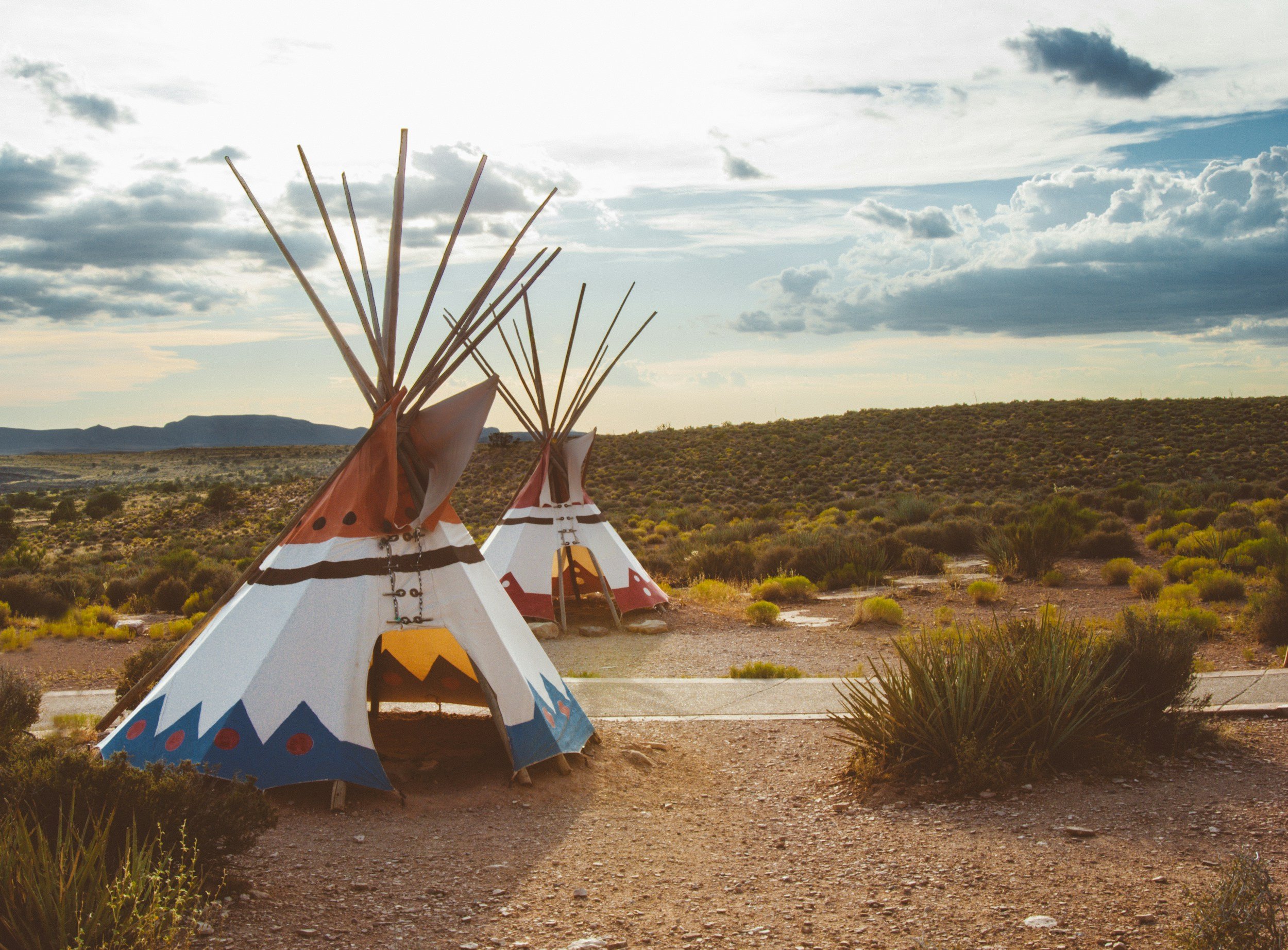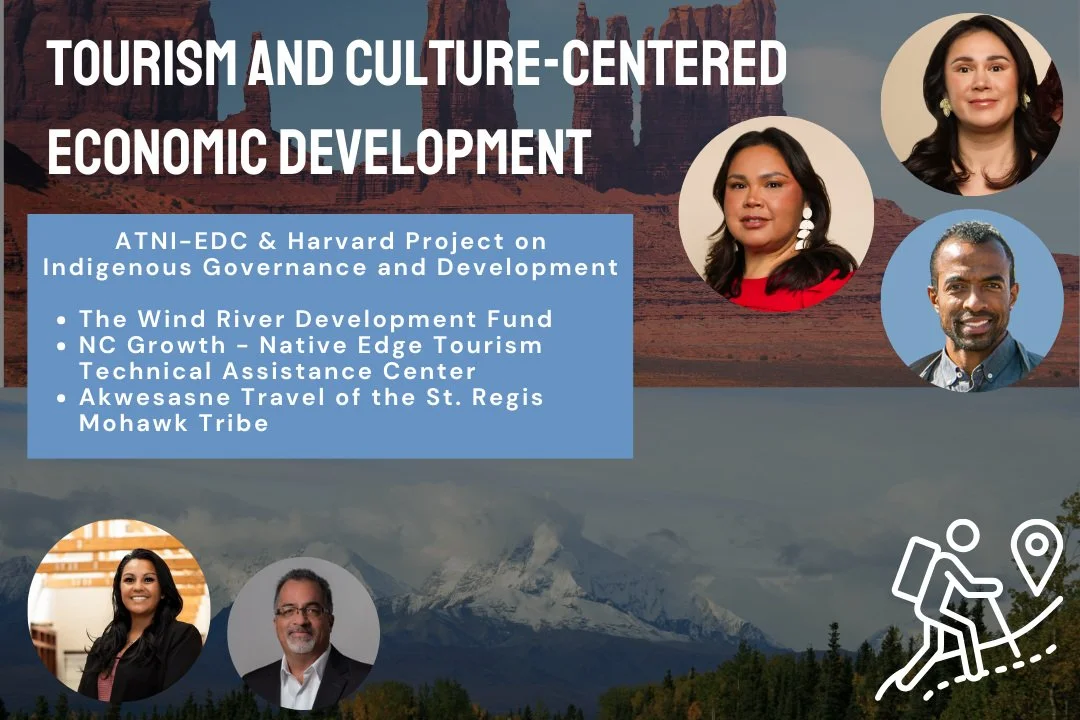

NCGrowth’s Field Guide to Blueways: Leveraging Natural Assets for Economic Development
NCGrowth’s Blueway Guide provides tools to help your community plan and build paddle trails, strategies to leverage blueways for economic development, and resources to generate community buy-in.

An Example of a State-Wide Native Tourism Alliance
North Dakota Native Tourism Alliance (NDNTA) is a coalition to enhance and promote Tribal Tourism as a means of economic development and growth for all North Dakota Tribal Nations.

Reports and Resources From American Indian and Alaska Native Tourism Association
View research and resources from American Indian and Alaska Native Tourism Association (AIANTA) which was established by tribes for tribes to address inequities in the tourism system.





“This toolkit shares the findings of NCAI’s “Building Tribal Economies” research and outreach initiative, which works to train the focus of Tribal Nations on the strategic, foundational considerations involved with building integrated and resilient tribal economies capable of supporting their communities and citizens today, tomorrow, and for generations to come.”